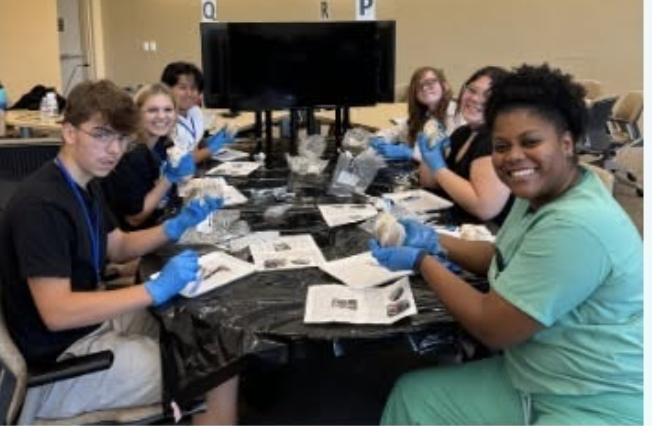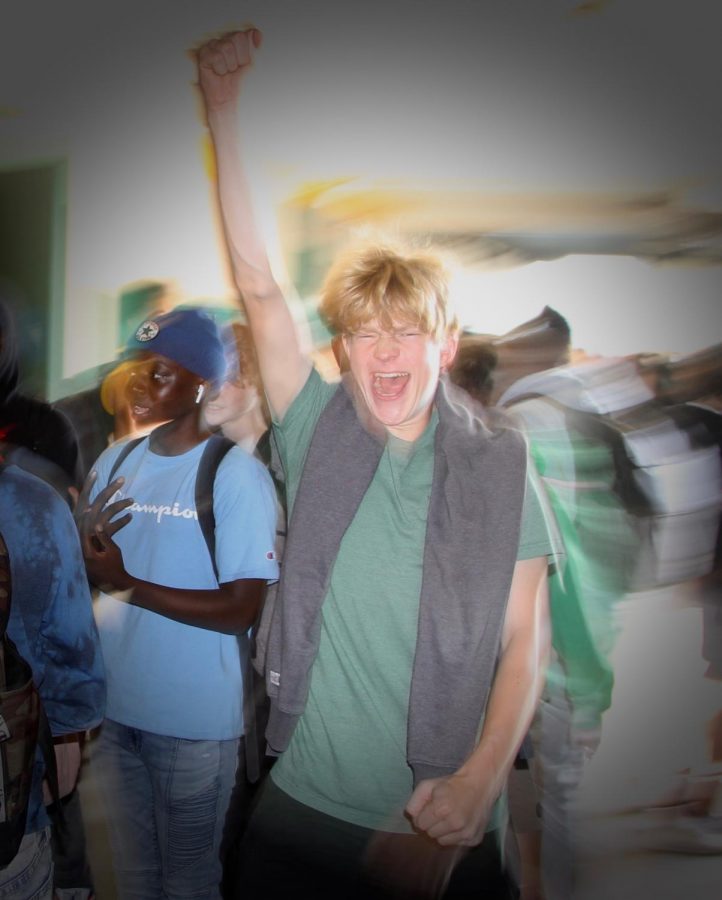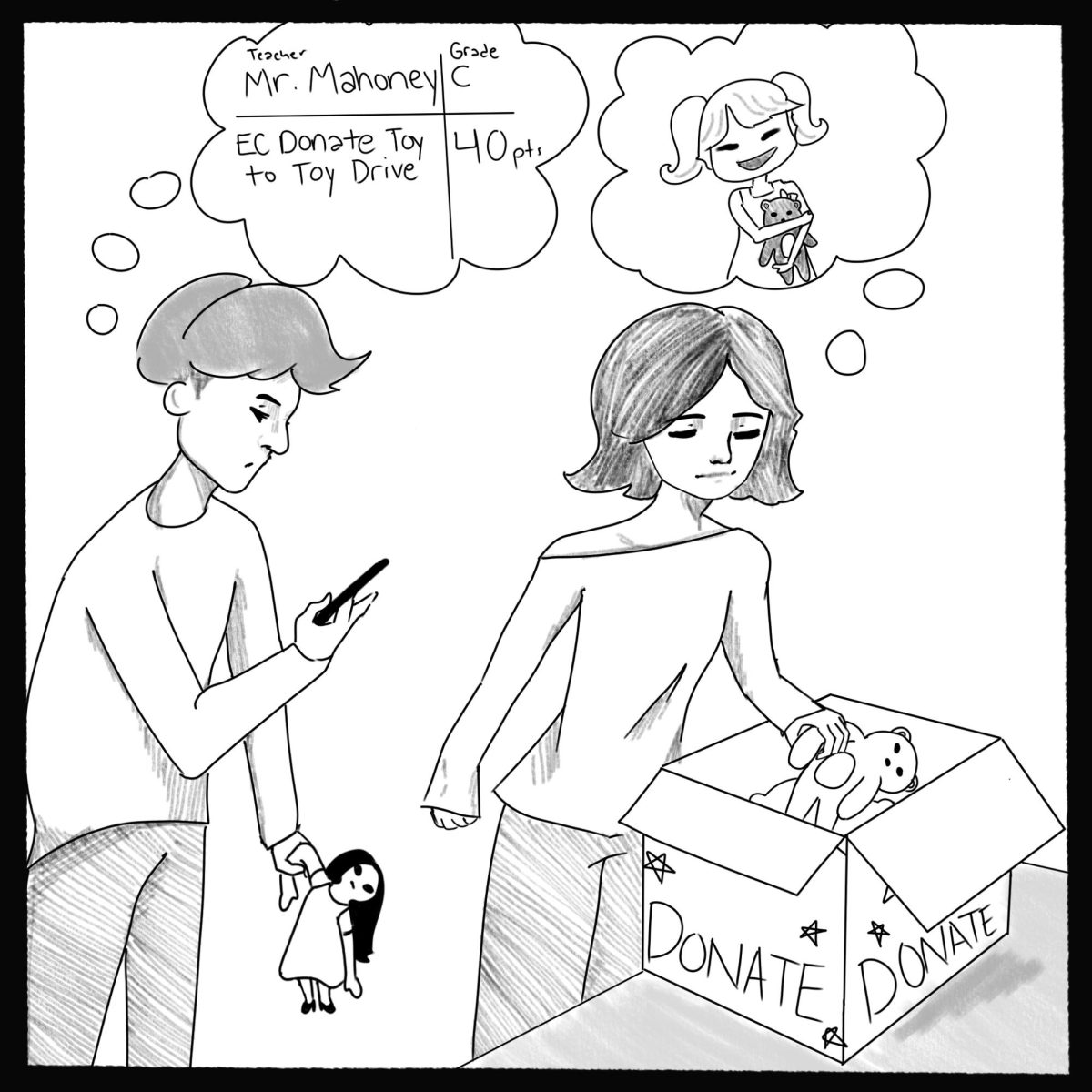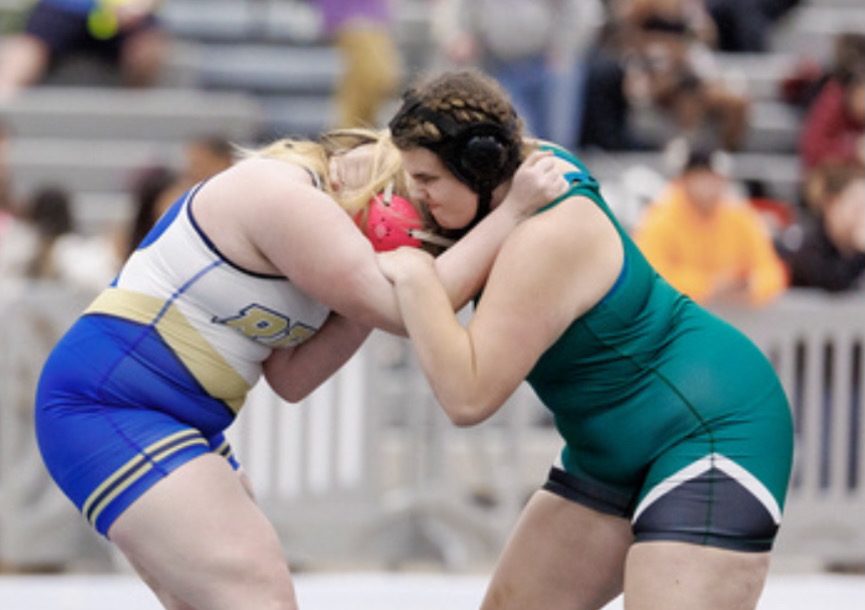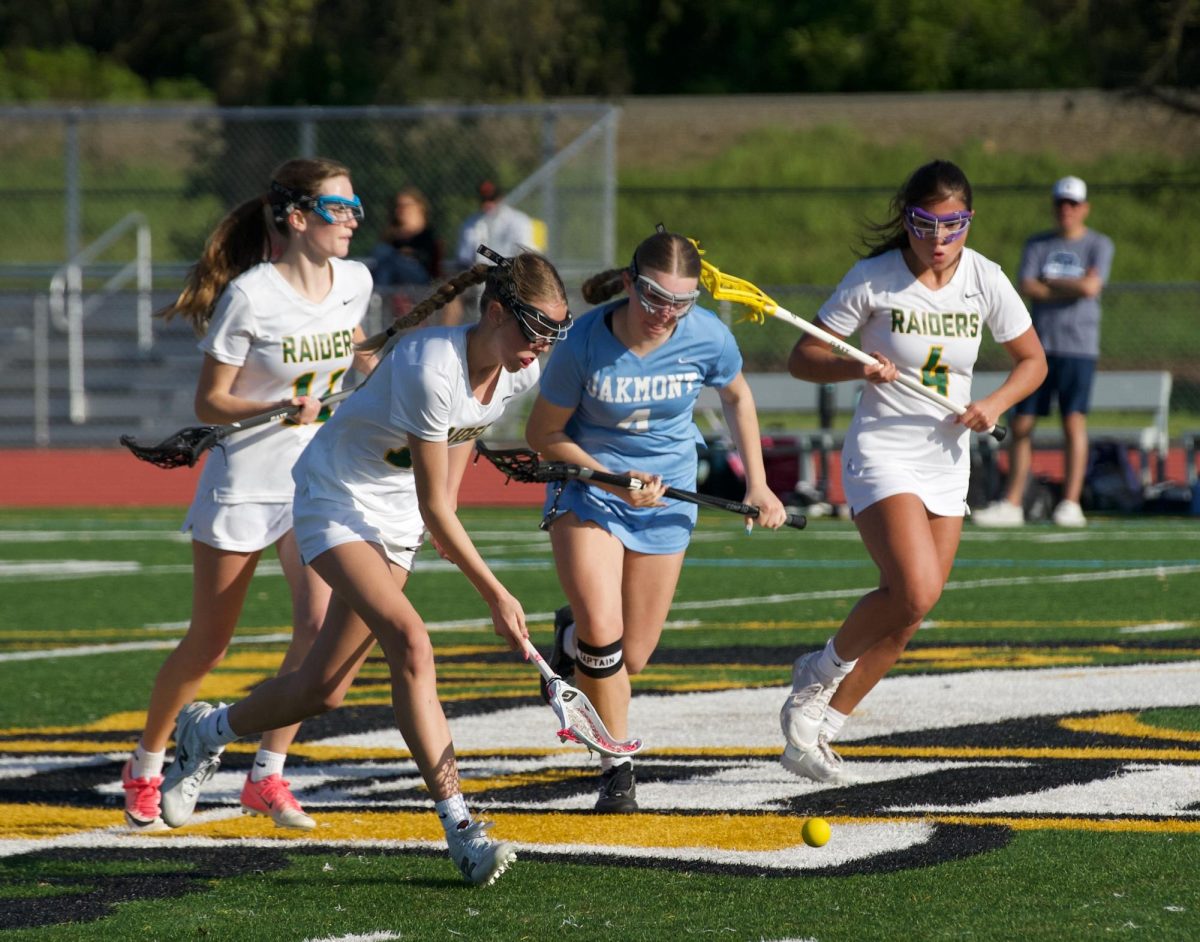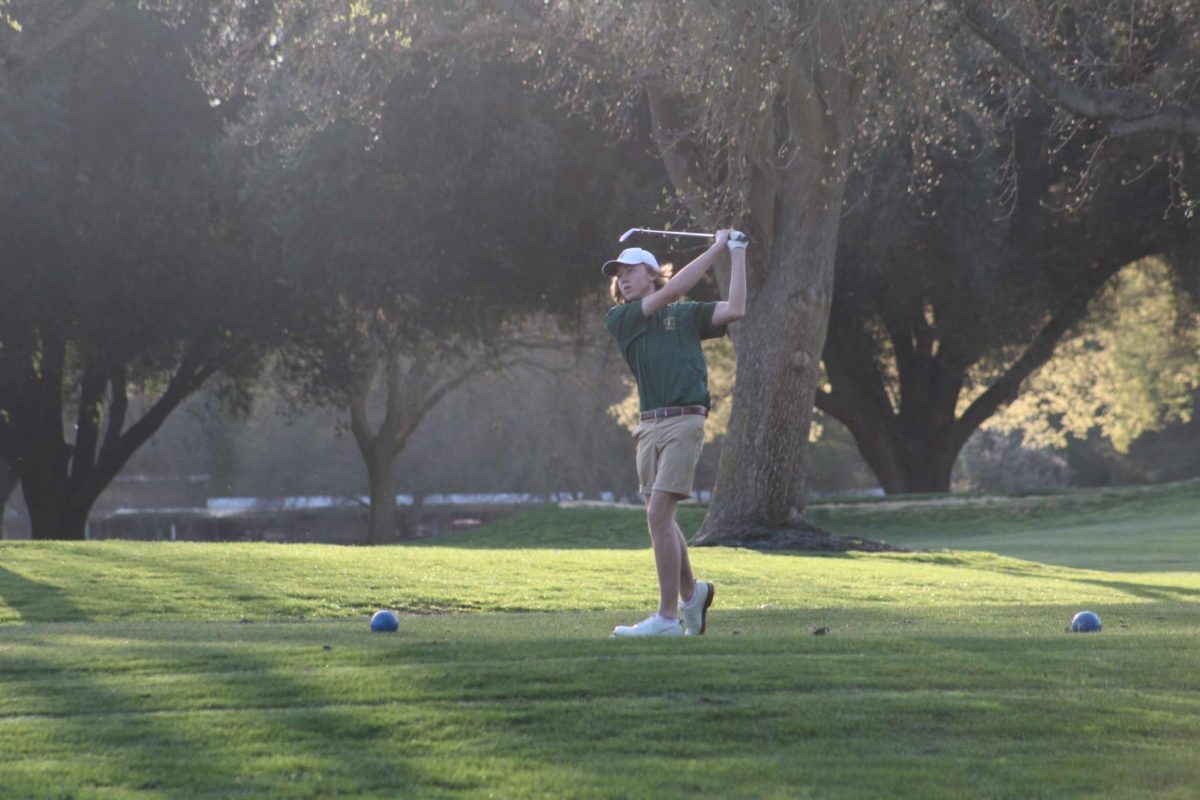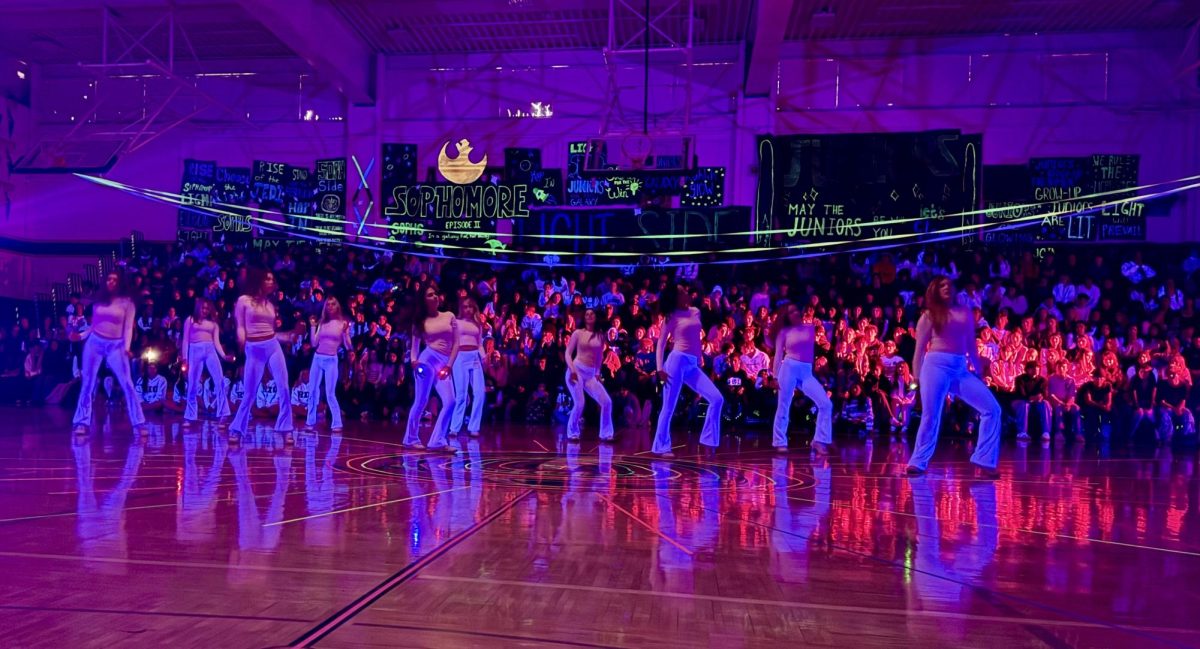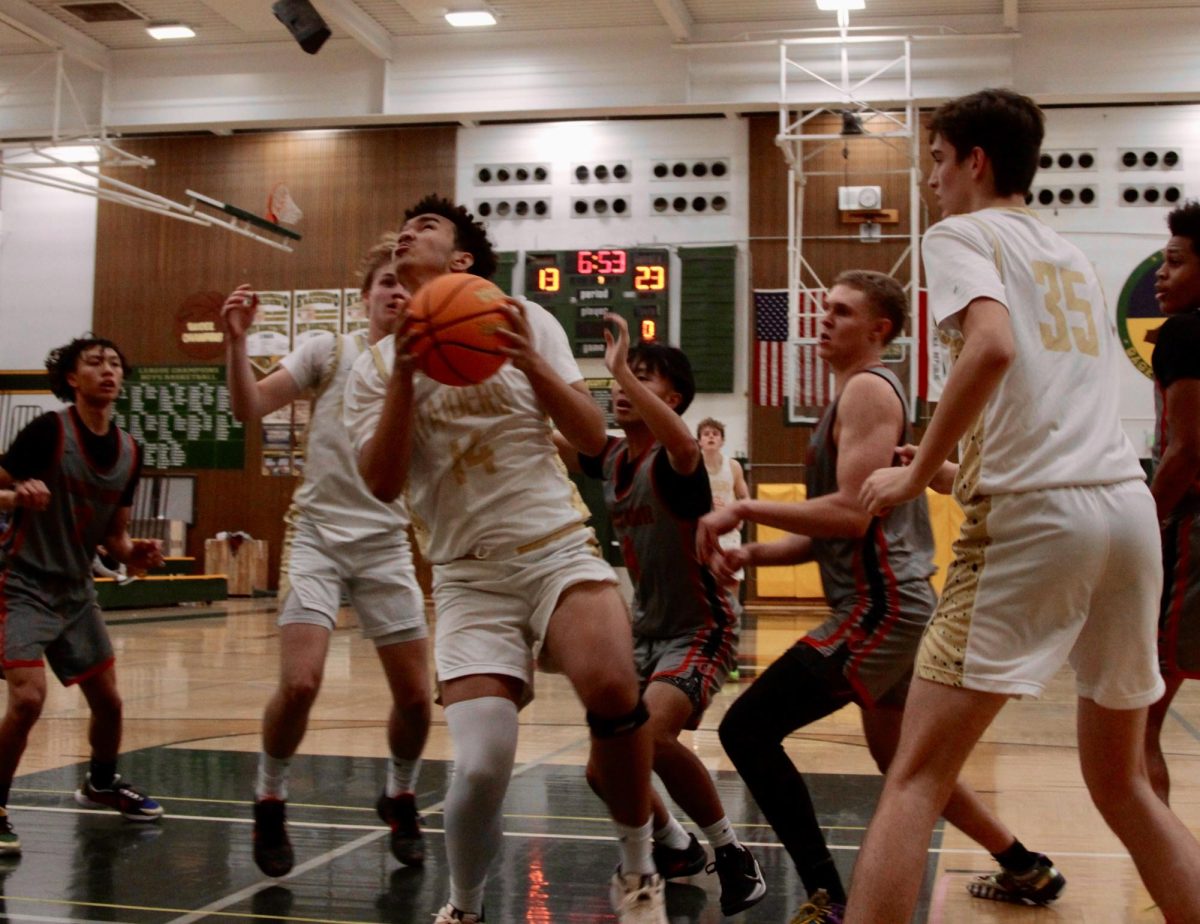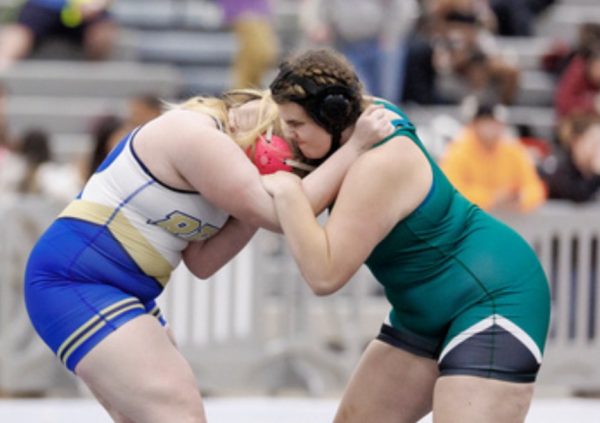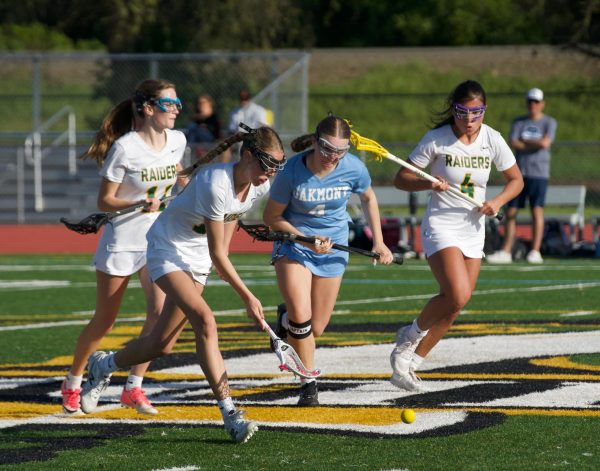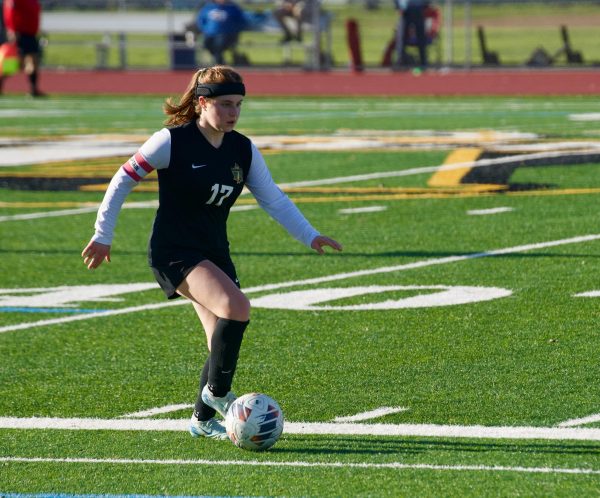Commentary: Save College Gymnastics
Programs are disappearing, robbing athletes of oportunity
While the concern for many college sports is whether or not they will have a season this year, many college gymnastics teams are doubting if they will ever be able to compete again. In the past month, starting from Aug. 21, three NCAA men’s college gymnastics teams have been discontinued, leaving a mere 11 remaining colleges in the nation that offer NCAA men’s collegiate gymnastics.
Many gymnasts, including myself, who wish to achieve the highest level of this demanding and self-fulfilling sport are severely limited in our options due to the decisions made by colleges to discontinue these programs. As Olympic coach Ron Howard, who has coached gymnastics for 48 years, told me, “It is a tragedy. It affects the dreams of many hard-working people who want a college education and use gymnastics to get there.” For many gymnasts who have practiced this sport for 10 to 12 years, it is truly devastating to find that their efforts to obtain a higher education and pursue their passion in gymnastics are fruitless.
In order to understand how disruptive these program closures are for the vast majority of gymnasts, you have to consider the amount of effort and dedication necessary to excel in this sport. Many gymnasts train 10 or more years for about four to five hours almost every day to have a chance in the highly competitive recruiting process for collegiate gymnastics. Additionally, the stresses that a gymnast’s body undergoes almost every day demand immense mental and physical strength and total, unwavering concentration.
One study, presented in the documentary “ESPN Sports Science: Gymnastics,” demonstrates exactly how much gymnasts’ bodies have to tolerate. Imagine being hit by a 300-pound football player. The force of the impact that is felt by the player is tremendous, approximately five to six times the player’s body weight. However, this is no match to the forces gymnasts’ bodies have to endure, which may be up to nine times their body weight.
Gymnasts who put their bodies through these demanding conditions deserve a means of showcasing their abilities and hard work to the public. This calls for the need of more, not less, college gymnastics programs in the nation. However, USAG, America’s gymnastics governing body, warns of the possibility of many more program closures to come, as it outlined in a letter posted to its website on Sept. 11.
These program shutdowns are not just one minor problem in college athletics; they are an indicator of a far more ominous reality. According to Howard, these program closures are “an indicator that other minority sports at the college level will soon decline too.” This is a harsh prospect that needs to be avoided, not only because of its implications for the preservation of gymnastics but also for other valued college sports.
This presents a whole new question: what should be done to save gymnastics? In order to answer this question, the reasons behind these closures should be understood. Understandably, many colleges and universities are facing a tight budget due to the unexpected effects of Covid-19. Profitable events, such as March Madness and college football games, have been canceled, meaning that colleges are losing hundreds of millions of dollars in revenue. In order to counteract this loss in money, colleges make the difficult decision to discontinue certain sports that are not as lucrative or profitable.
However, much of the gymnastics community is at odds with this decision, calling it an ineffective solution to the current financial issues. For instance, the University of Minnesota, one of the colleges that dropped its gymnastics program, said the combined cuts of their three teams would save them around $2.5 million a year. This decision to discontinue these programs seems to be perfectly reasonable at first, since it appears that the school would save a great deal of money. However, after speaking with Tanner Dowell, a former gymnast at UC Berkeley, I realized why many in the gymnastics community are calling this decision unproductive and inutile.
“Minnesota forecasts a $75 million shortfall this year,” Dowell said. “The cuts are clearly not a solution and won’t fix the massive budget issue.”
With this in mind, it is apparent that in order to save college gymnastics and other so-called “minority” sports, colleges and universities first need to solve their financial issues.
Furthermore, they should create additional preventative measures for future financial struggles so that these cherished athletic programs can continue to thrive.
Hence, on behalf of the entire gymnastics community, I ask you to help save collegiate gymnastics.


